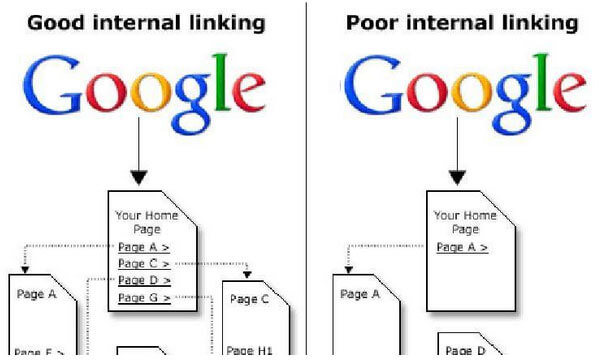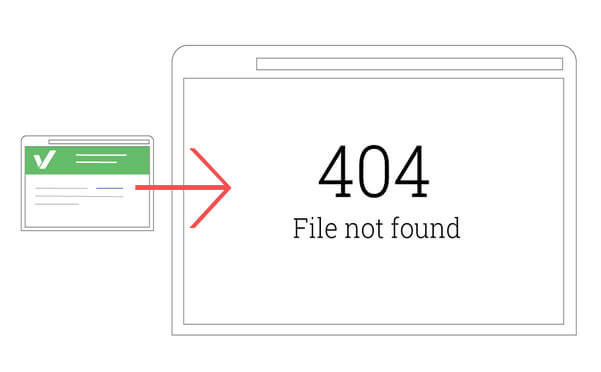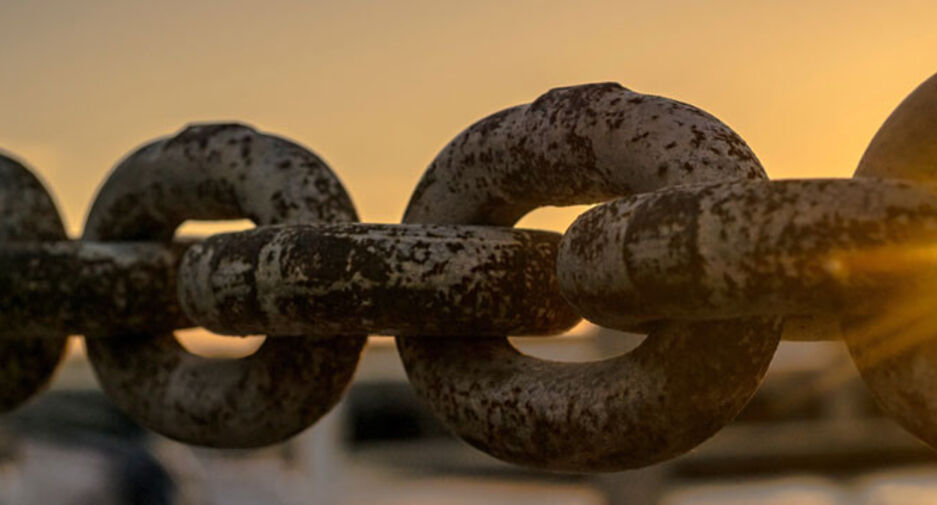What's in this article
Only having a website does not give your business or e-commerce project the boost you are looking for! You have to invest in its details to get the golden prize. When we talk about developing a website, things like link building, website structuring, and search engine optimisation comes up.
Each one of them is essential for the success of the website and the business itself. Let’s first find out the …

Image source: https://www.doublespark.co.uk
What's in this article?
Only having a website does not give your business or e-commerce project the boost you are looking for! You have to invest in its details to get the golden prize. When we talk about developing a website, things like link building, website structuring, and search engine optimisation come up. Each one of them is essential for the success of the website and the business itself. Let’s first find out the…
Importance of a good website structure and internal linking
The website structure in itself is the shiny pearl that needs to be protected in order to gain benefit from the powerful SEO techniques and tactics applied to it. A strong website structure offers a fluent user experience, plenty of sitelinks, and a great crawling capacity for the Google crawlers to read the website to the fullest.
Coupled with the finest internal linking strategies and techniques, it ensures world-class SEO and hundred percent website optimisation results in the form of high website traffic and high return on investment. Before we guide you on how to develop a strong internal linking structure, here is what Google thinks about it:
“The number of internal links pointing to a page is a signal to search engines about the relative importance of that page. If an important page does not appear in this list, or if a less important page has a relatively large number of internal links, you should consider reviewing your internal link structure.”
How does a strong internal linking structure benefit the website?
Internal linking allows you to make sure that every page on the website is linked to and linked from some other page of the given website.
With this basic idea, this SEO practice helps in providing an effective ranking an indexing service for the website. According to Moz’s article on internal links, the three reasons for its importance are:
- They act as a good navigation tool for the users
- Establish a streamlined information hierarchy for the website
- They help spread link juice (ranking power) around websites
To gain these benefits, invest in the following practices while building internal links for your website.
Ways to develop a strong internal linking structure for your website:
1. Invest in state-of-the-art siloing till the end
Like the popular Link Fire SEO, invest in the art of siloing and see how well the internal linking practice turns out for you.
Do you know what siloing is? It is the practice of grouping together topically-related yet different web pages with the help of internal linking.
How does this help in strengthening the structure of the website? Well, it organises the website page and makes it easier for the search engine to understand the context of the content on your website. Other benefits that it offers include:
- Makes useful information accessible to the users
- Benefits the audience with better navigation
- Transfers authority to the major and main pages of the website
2. Ace your content marketing strategy

Image source: http://credible-content.com
The Smart insight’s article named “7 ways to maximize the power of your internal links” claims content as the king even for strengthening the internal linking strategy. And so, we consider having a unique and unbeatable content marketing strategy, the next step in developing a strong internal linking structure for the website.
The viewers come to your website for the content, right? They need the information on their desired topic and so they keep on looking on different websites to get it. This is where you can hook them to your website using the right internal links. The content that you are providing, make sure you add happy hyperlinks to it so that the viewers are directed to other informational web pages on your websites.
3. Go for deep links within your website
A nicely structured linking suggests that every type of content on the website, from old to new, is accessible to the viewer. For this, you need to add internal links to the deep web pages so that they are accessible with one or two clicks. Yet again, by bringing them to the top, you allow the search engine spiders to go through the content easily and understand the overall context of the website making it easily available to the traffic directed towards the given website. About this, Neil Patel, another SEO expert says that the best links are the most natural links in a content marketing strategy and they are deeps within the structure of the site. Thus, follow this tip and develop a strong internal linking structure.
4. Remove the broken links

Image source: https://varvy.com
When building links on your website, one of the most essential things to do is to avoid entertaining the broken link at your website. When Google starts looking for the search queries, it crawls through your website and looks for the relevant content and links, while doing so, if it comes across a broken link, it would badly influence your search engine optimisation results. Thus, while internally linking to your web pages, make sure you find those broken links and omit them from your website.
5. Descriptive anchor texts are important
When it comes to having a strategic anchor text for the internal link, it is important that you make it descriptive. The idea is to use natural words and unoptimised sentence fragments to strengthen the anchor text. How does it help?
Well, when you add a good description to the text, the viewers get an idea about what they are being directed to. Using words like ‘click here’ and ‘read this’ have become old and monotonous. They offer less meaning to the overall link these days.
6. Go for follow links
In order to keep the freedom and fluidity of the website, it is now better advised to forget the past practices of keeping the no-follow links and focus only on the follow-links in the future. The fewer the links on the page, the better SEO they will provide.
The controversy on this issue has been huge. Even though Wikipedia says regarding omitting the no-follow links that, “It would reduce the effectiveness of certain types of internet advertising because their search algorithm depends heavily on the number of links to a website” it is preferable to keep them out of your internal content linking strategy to gain better site SEO.
In the end
With this, we sum up our guide on how to develop a strong internal linking structure for your website. By using these simple and logical ways, you can easily strengthen your website. According to the golden rule of thumb that no web page within your website must be more than three clicks away, make sure you follow the practices above and boost your website’s user experience as well as SEO.
If you need help with your websites' internal linking, please contact us and we would be happy to advise you.
Join the discussion
Want to have your say on this topic? Start by posting your comment below...
Related Articles
7 link building techniques that work for any niche
26 June 2025
No matter what niche you choose, whether it's wellness, tech, finance, or eCommerce, your website needs backlinks to rank high on Google. Backlinks… Read more
14 reasons why your web site has a high bounce rate
06 May 2025
A high bounce rate will kill your sales! Whether you’re a business owner, marketer or DIY website builder, this guide is packed with practical fixes… Read more
Animation in UX Design: Elevating User Experience and SEO
10 March 2025
Let’s get into how animations can enhance usability (UX) and help you increase your site's SEO performance. Real tips and examples are included! Read more
Keep up to date



